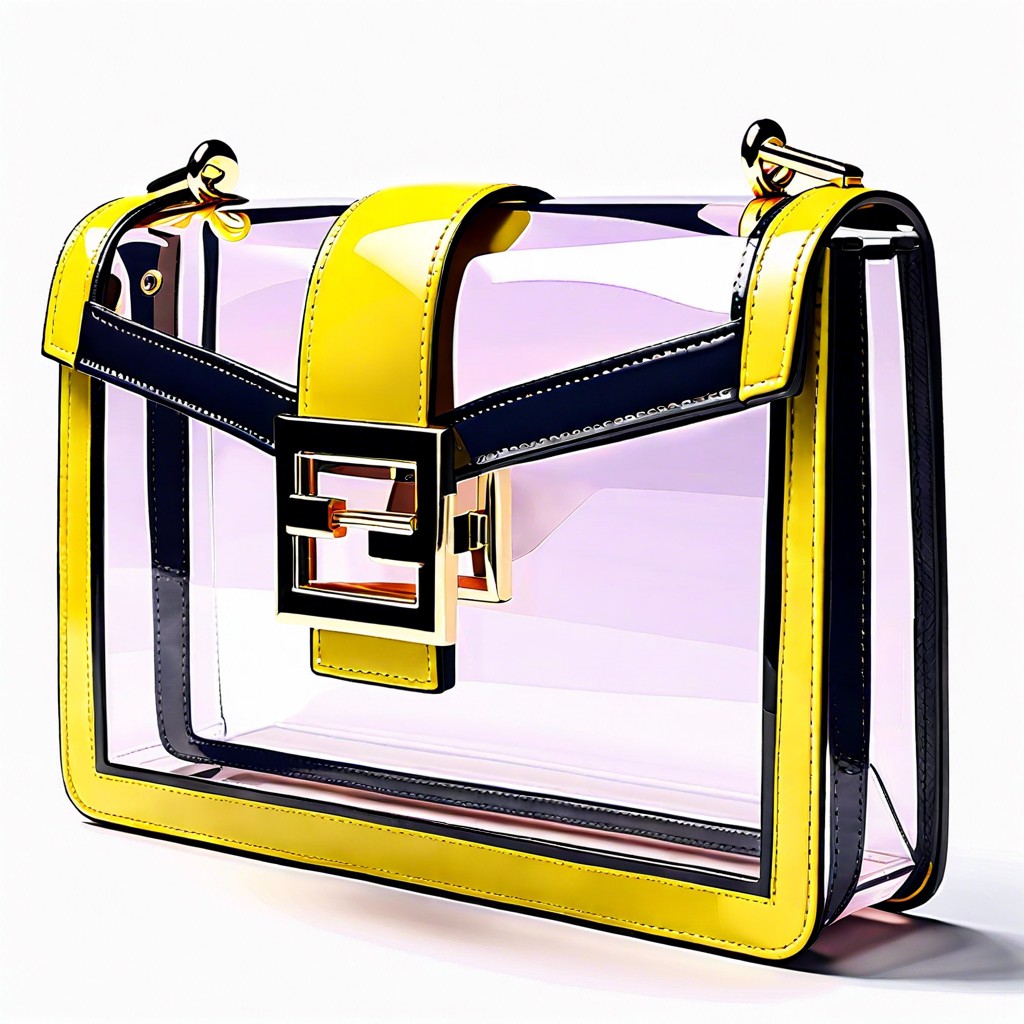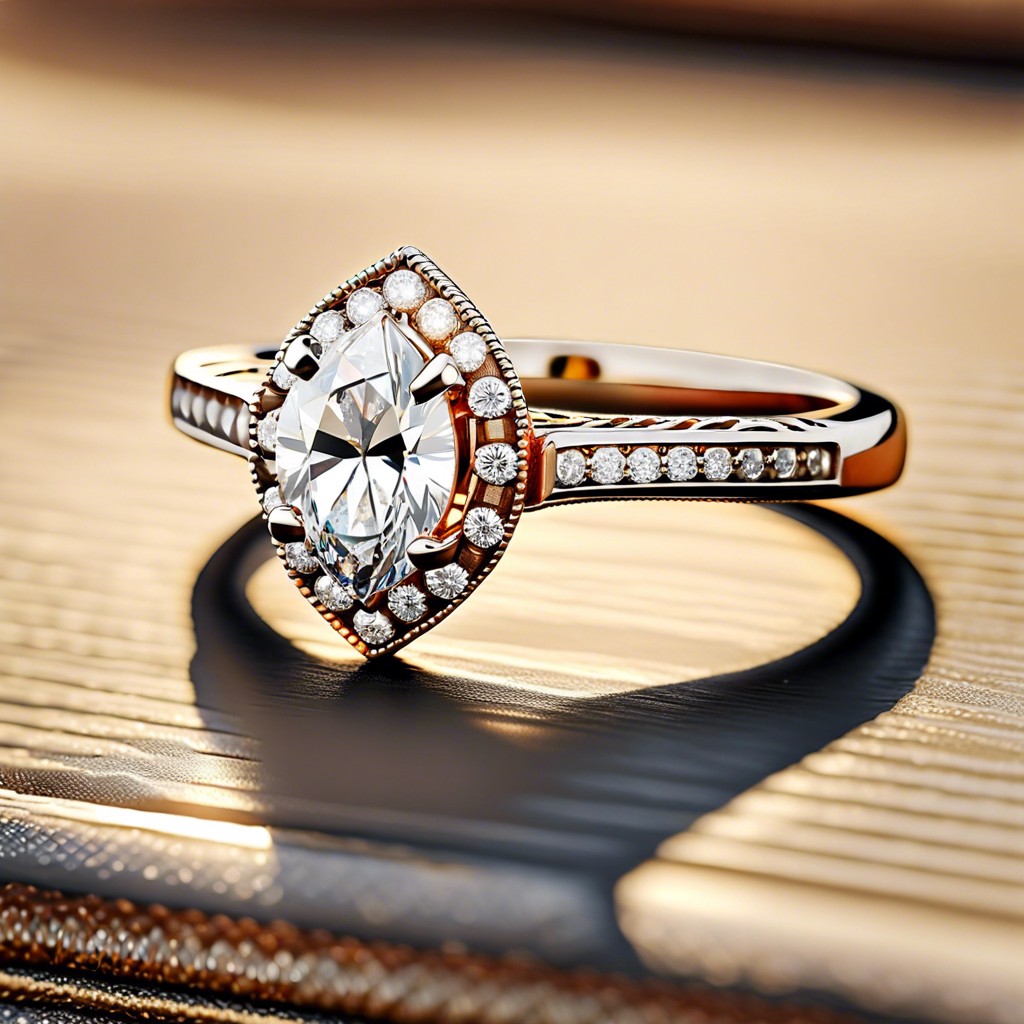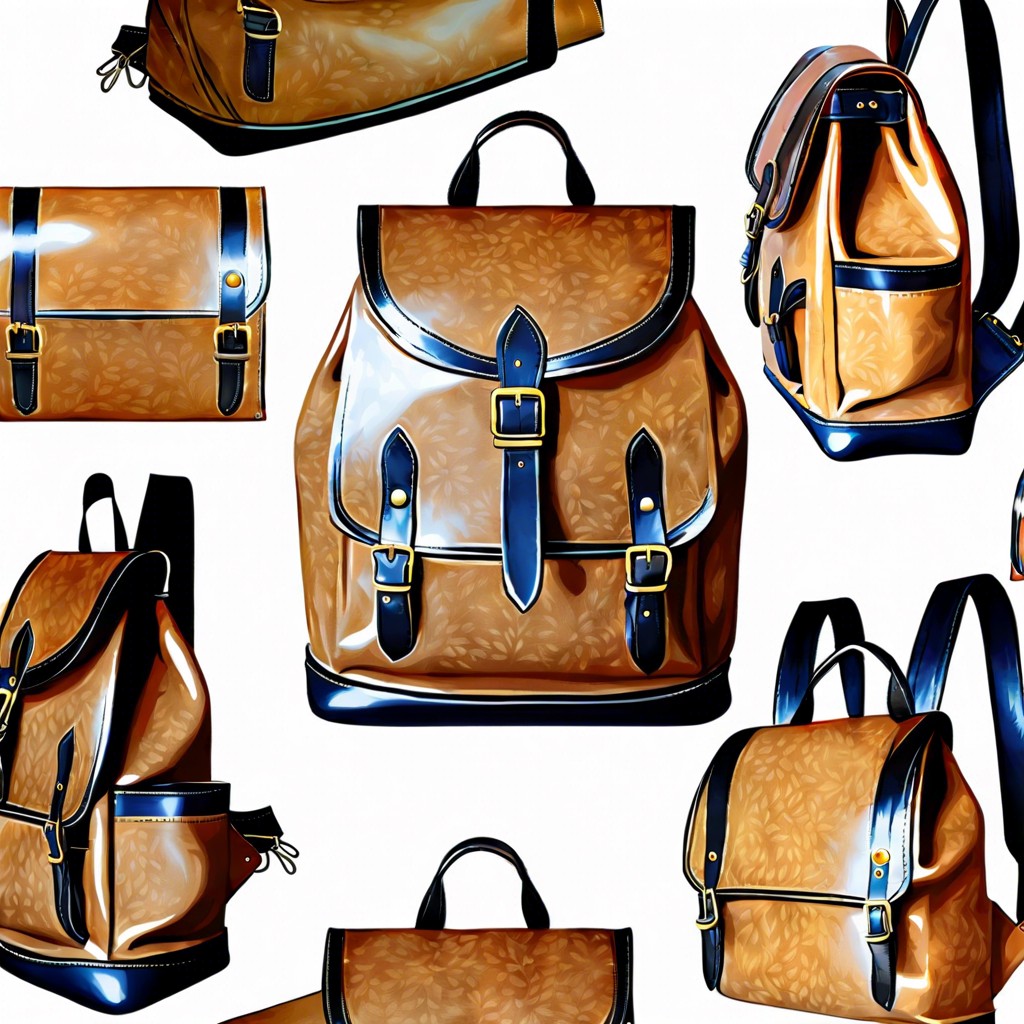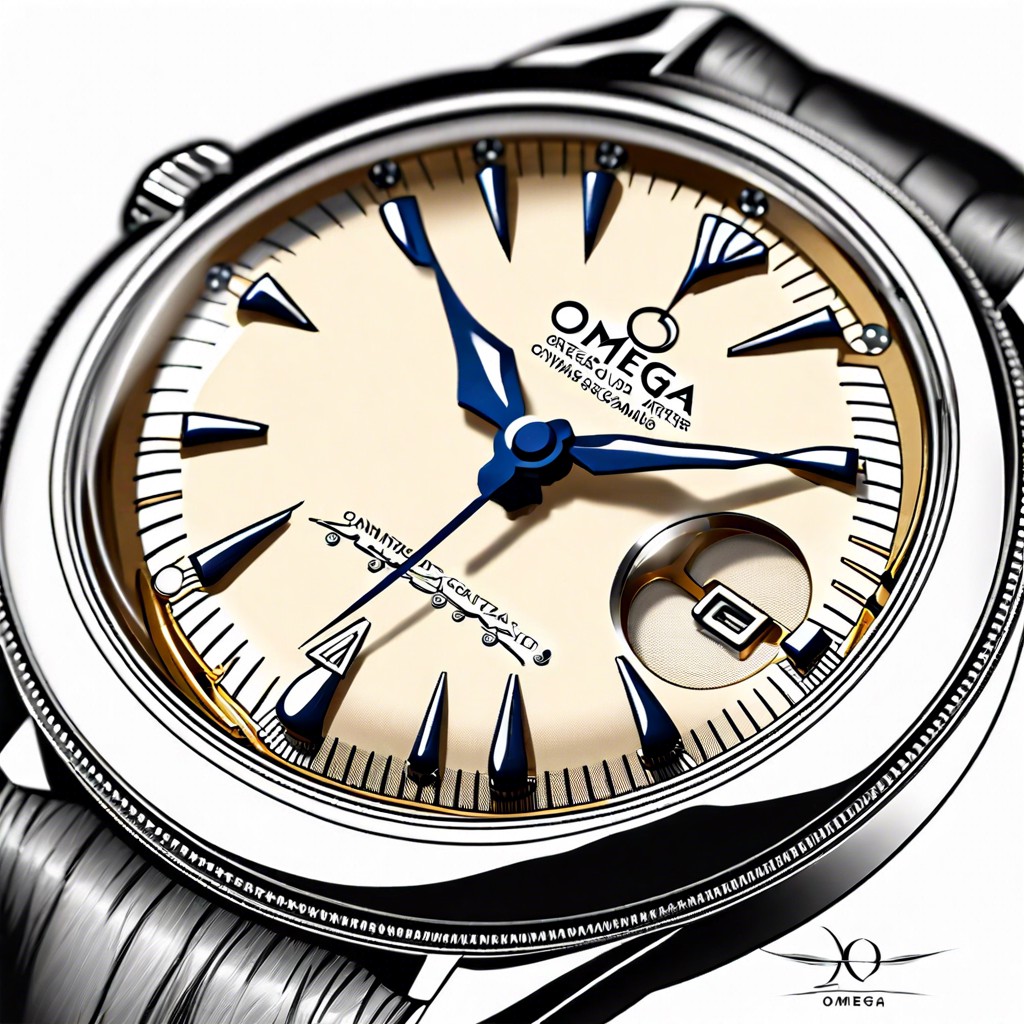Last updated on
Learn the key features to look for when selecting a vintage Louis Vuitton bag to ensure authenticity and quality.
Key takeaways:
- Vintage Louis Vuitton bags are at least 20 years old.
- Look for design features to determine the era of the bag.
- Authenticity can be confirmed through quality materials and craftsmanship.
- Vintage Louis Vuitton bags have investment value.
- Beware of counterfeits and carefully examine stitching, monogram pattern, hardware, and date code.
Understanding Vintage Louis Vuitton Bags
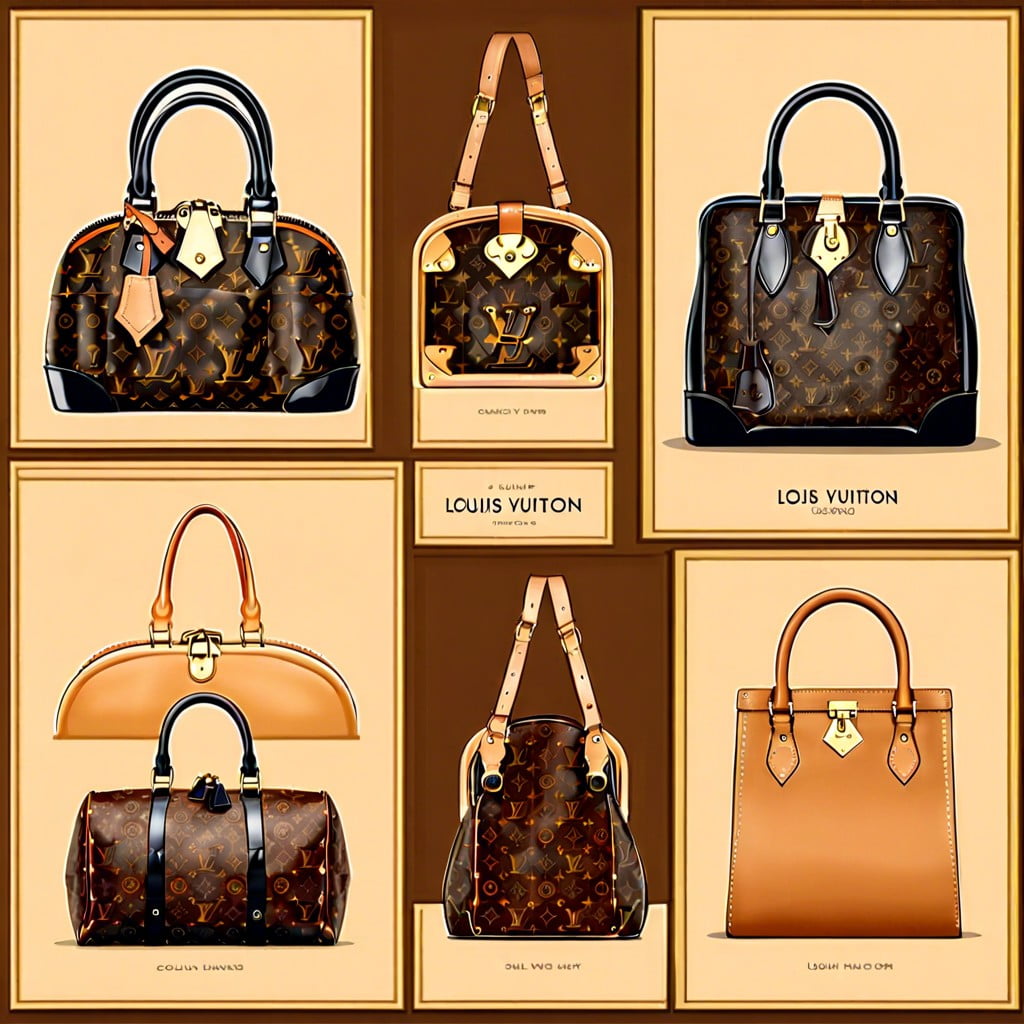
The term ‘vintage’ for Louis Vuitton bags generally refers to pieces that are at least 20 years old. These pieces are treasured for their craftsmanship and design, reflecting the fashion trends and luxury market of their respective periods. When assessing a vintage Louis Vuitton bag, the condition, rarity, and demand are key factors that contribute to their desirability.
A Louis Vuitton bag from the 1980s, for example, might showcase the Monogram Canvas with natural cowhide leather, sturdy brass hardware, and the iconic design that has become symbolic of the brand’s heritage. Each vintage piece tells a story, bearing unique patina that adds character—a testament to its journey through time.
For a Louis Vuitton fanatic, understanding vintage varieties means recognizing design features from different eras, such as variations in the Monogram canvas, distinct hardware shapes, and the evolution of the brand’s logo and font. As production techniques and materials evolved, so did Louis Vuitton’s designs; thus, a seasoned eye can often date a piece just by examining these details.
Vintage bags may also include limited editions and special collaborations that Louis Vuitton undertook, marking specific bags as unique collectibles. Pieces that were produced in small quantities or for special events often carry a story of exclusivity and can be especially sought after by collectors.
Historical Significance of Louis Vuitton

Louis Vuitton, established in 1854, began as a trunk-making workshop in Paris, and rapidly became synonymous with luxury travel goods. The brand’s innovative flat-topped trunks, introduced in 1858, allowed for ease of stacking during transportation, a significant improvement over the traditional dome-topped designs.
The signature canvas, originally gray, evolved for practicality and brand distinction. The Damier Canvas pattern, created in 1888, and the iconic Monogram Canvas, introduced in 1896, were not only aesthetically pleasing but also served to prevent counterfeiting, a challenge even in the early days of the brand.
With an illustrious clientele that included royalty and elites, Louis Vuitton solidified its place as a purveyor of luxury. Each piece was, and still is, a statement, combining functionality with high style — an embodiment of the art of travel.
The use of high-quality materials, skilled craftsmanship, and constant design innovation turned Louis Vuitton into a leading luxury brand with a storied heritage, making vintage pieces a desirable collector’s item for aficionados of fashion history.
Identifying Authentic Vintage Louis Vuitton Bags
Examining the quality of materials is crucial, with genuine leather handles and brass hardware being standard on authentic pieces. Stitches should be even, tight, and of high quality, with an average of five to seven stitches per inch.
Patterns never fail to align at the seams, without any breaks or irregularities. Notably, the LV monogram is always symmetrically placed and never cut off, even where the fabric meets hardware such as zippers or locks.
Serial and date codes, introduced in the early 1980s, offer insight into the manufacture date and location. These are typically found inside the bag, embossed on a leather tag or directly on the lining.
Authenticity cards and receipts can be valuable for verification but be aware these items can also be forged. Vintage bags predate these additions, so their absence on older models does not necessarily indicate a counterfeit.
The distinct aroma of the bag can also be telling. Counterfeits often have a chemical or plastic smell due to inferior materials, while authentic bags maintain a subtle leather odor over the years.
Consider professional authentication for an expert opinion, especially if you have lingering doubts about a bag’s authenticity.
Investment Value of Vintage Louis Vuitton Bags
Vintage Louis Vuitton bags have consistently demonstrated strong resale values, often appreciating over time due to their timelessness and brand prestige. Rarity, condition, and historical significance are paramount in determining a piece’s investment potential.
Rare pieces, limited edition runs, and designs that marked a significant moment in fashion history tend to command higher prices. For example, collaboration pieces like those with artists Stephen Sprouse or Takashi Murakami are often sought after by collectors.
Condition is crucial; bags that have been well-maintained and show minimal wear are more desirable. Original packaging and documentation can further enhance a bag’s value as they provide authenticity proof.
Collectors should note market trends when considering a purchase. Louis Vuitton’s classic designs, like the Speedy or Neverfull, typically retain their value due to sustained demand.
Investing in vintage Louis Vuitton is not only about monetary gain but also involves the enjoyment of preserving and using a piece of fashion history. Potential investors are advised to research thoroughly, buy from reputable sources, and consider the longevity of the item’s design appeal.
Beware of Counterfeits: Red Flags to Watch Out For
Counterfeits are ubiquitous in the vintage market, diluting the integrity of genuine luxury goods. To distinguish an authentic Louis Vuitton bag from a fake, keen observation is critical. Firstly, scrutinize the stitching – uniform, precise stitches are hallmarks of true craftsmanship. Any irregularity or asymmetry suggests a counterfeit.
Secondly, examine the monogram pattern. Authentic Louis Vuitton monograms are symmetrical and never tilted, with the LV logo correctly positioned. If the pattern is off-center or cropped at the seams, this is a clear red flag.
Thirdly, an original will have high-quality hardware, engraved with the Louis Vuitton name or logo. The zippers, clasps, and other metal details should feel heavy and solid, not cheap or hollow.
Lastly, each genuine Louis Vuitton piece comes with a date code, not a serial number, indicating when and where it was made. A missing or unclear date code often signals a counterfeit. Always use due diligence and, if possible, seek verification from a professional before making a purchase.

